Think about this. If you land your Timber Tiger Jenny at any GA airport and taxi up to the ramp, you might have trouble getting out of the cockpit for all the admirers that will assemble around you.
 Take a close look at this example built by John Youngblut. You are quickly charmed by fond images of an earlier period in aviation. Then you look deeper, noticing its shaped wood struts, leather trim, and classic analog guages. This draws you in further and I watched people get closer and closer as they examined the detail.
Take a close look at this example built by John Youngblut. You are quickly charmed by fond images of an earlier period in aviation. Then you look deeper, noticing its shaped wood struts, leather trim, and classic analog guages. This draws you in further and I watched people get closer and closer as they examined the detail.
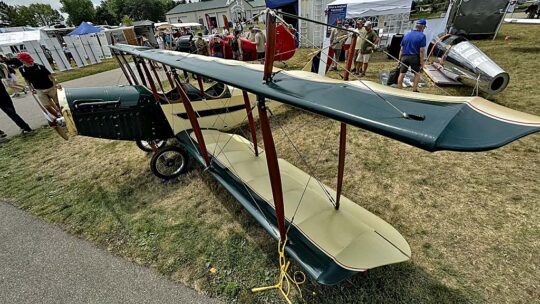 All that leaves out how well it flies, which developer Nick Pfannenstiel reported was the #1 appeal of the airplane. So after enjoying an easy, relaxing flight in your Jenny, you land to be swarmed by people who believe they’ve just witnessed a piece of history fly into their lives.
All that leaves out how well it flies, which developer Nick Pfannenstiel reported was the #1 appeal of the airplane. So after enjoying an easy, relaxing flight in your Jenny, you land to be swarmed by people who believe they’ve just witnessed a piece of history fly into their lives.
Jenny began life as a Curtiss, was recreated in scaled down form by Early Bird Aircraft (Gen 1) and kits are now manufactured by Timber Tiger Aircraft, which has reimagined again in slightly larger scale, better fitting modern Americans.
Gen 2 Jenny
If you love vintage aircraft, you may already know Jenny’s rich history. With the model designations beginning with JN, the aircraft became affectionately known as a “Jenny” by Army Air Corps pilots who flew them in World War I. Introduced in 1915, Jennys were retired in 1927 after 6,813 were built.
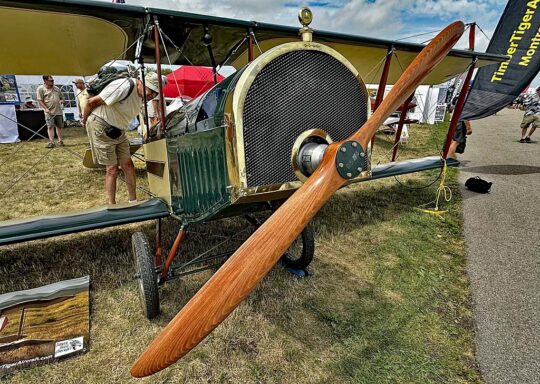
Owning an original would take a substantial investment, far out of most budgets. Yet Timber Tiger’s updated and improved Jenny — one that faithfully reproduces an original in slightly smaller form, therefore requiring less engine — is far more affordable.
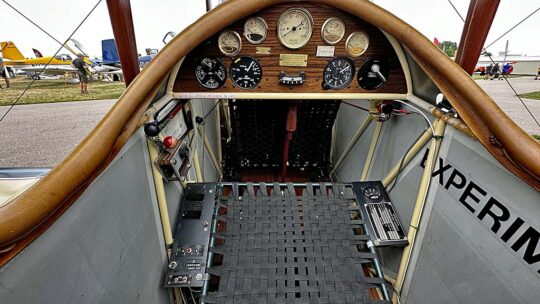
A few years back, Timber Tiger made a splash with its entry of a 95%-scale Ryan ST, an iconic aircraft of that postwar golden age of aviation. Read about the 95%-scale Ryan. In brilliant polished aluminum, this replica of the much-revered Ryan ST was a hit with AirVenture visitors in 2018.
Hits Keep Coming
Nick has been busy since, creating not only the Jenny in this article but he has gone well down the path on Kay’s Speedster (image at bottom).
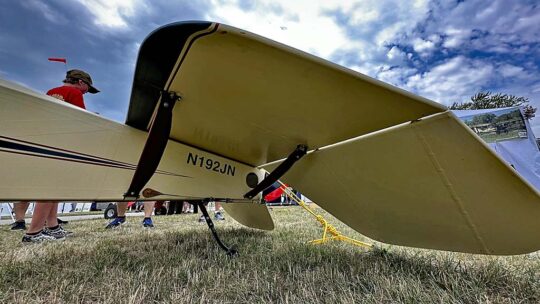
Nick advises that for most buyers and certainly first-time builders, the complete kit involving some quick-build assemblies is the wisest choice that will ultimately save them money while greatly easing (and making more accurate) the build effort.
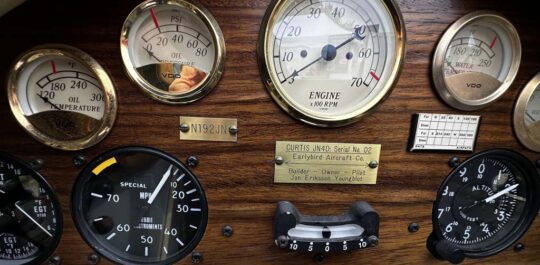
Starting with a base kit for $6,900 plus engine — likely used/rebuilt — plus some hardware components supplied by the owner (“nothing particularly hard to obtain”), Nick indicated an experienced builder could get airborne for $25,000.
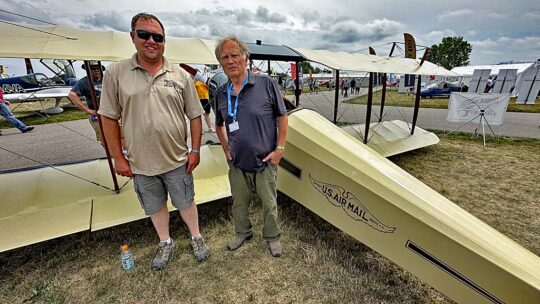
Gen 2 Jenny kit developer Nick Pfannenstiel (L) poses with Early Bird Jenny (Gen 1) builder John Youngblut at EAA AirVenture Oshkosh 2023.
Contrarily, a first-time builder “should take the option for extra work by the factory for $22,000,” Nick said. With such a “deluxe kit” and engine, a buyer should be able to get airborne for $45,000. A first-timer can expect to put in about 500 hours assembling the kit. That a Jenny can be assembled this quickly is a compliment to Nick for making the process more accessible to beginners.
Given that a Gen 2 Jenny look this authentic and nostalgic, those prices represent a bargain in 2023. If interested, contact Nick by email or through the Timber Tiger Aircraft website.
TECHNICAL SPECIFICATIONS:
- Wing Span — 30 feet
- Length — 20.5 feet
- Empty Weight — 600-700 pounds
- Gross Weight — 1,200 pounds
- Cruise Speed — 70 miles per hour
- Stall Speed — 35 miles per hour
- Climb Rate — up to 1,000 feet per minute
- Powerplant — Rotax 582, Rotax 912, Honda, Geo Metro/Suzuki, and others
- Recommended Power — 75 horsepower is recommended, unless built lightly
FURTHER POINTS OF INTEREST:
- Dual controls
- Optional front side door
- Capable of accommodating a ballistic emergency airframe parachute
- Low build time, the lowest of Timber Tiger’s models
- Approximately 100 Gen 1 (Early Bird Aircraft) Jennys flying worldwide; “many more are in progress,” said Timber Tiger
- Highest time Early Bird Jenny has more than 700 hours logged
- All kits come with full documentation
- Plans provided on 22 x 34 inch sheets
- Factory support and build-center assistance
- Designed to replicate Curtiss JN-4C, JN-4D, JN-4H


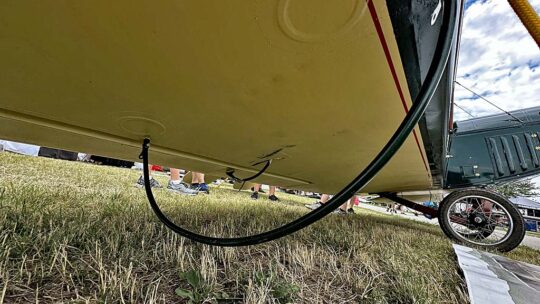
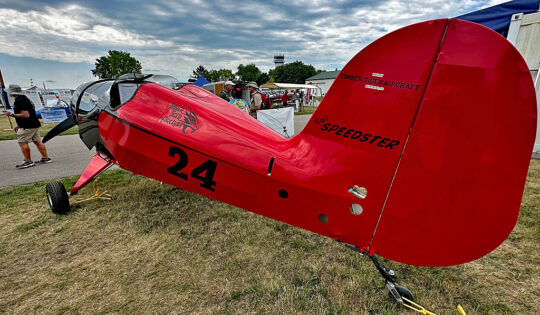
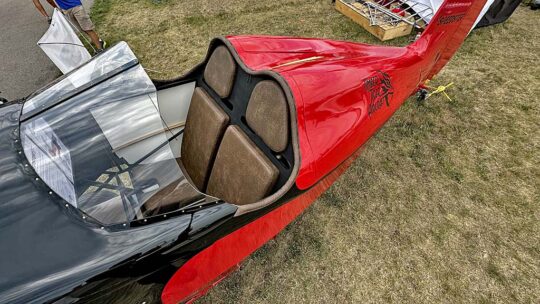
Dan, that was an impressive display of aircraft by Timber Tiger.